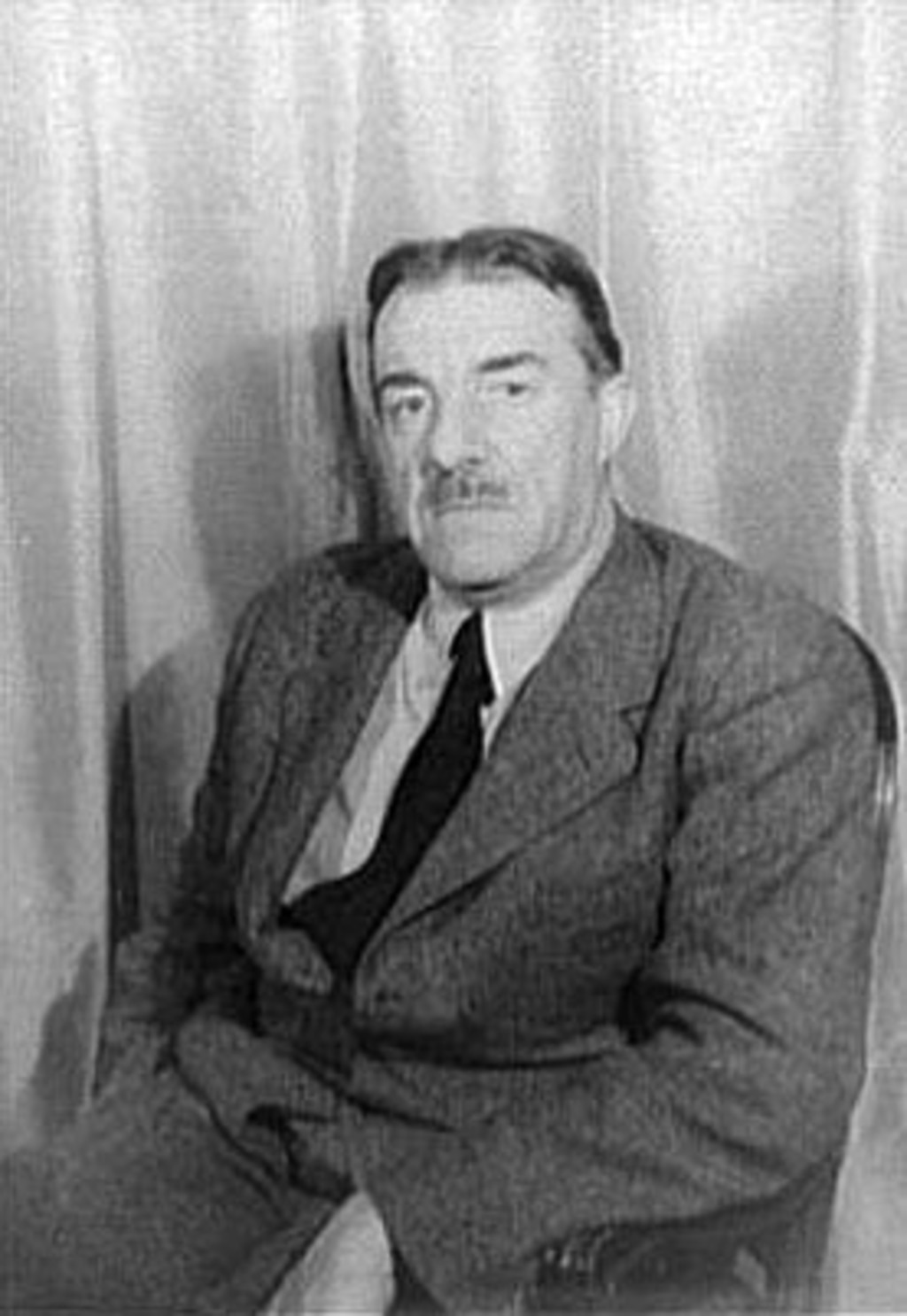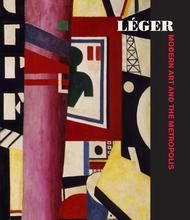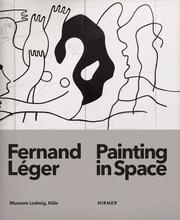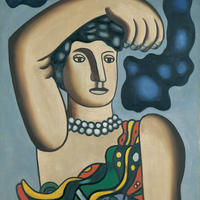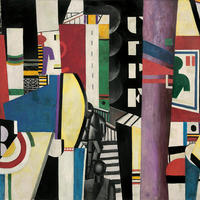More about Fernand Léger
- All
- Info
- Shop
Works by Fernand Léger

Contributor
Fernand Leger had an obsession with machines akin to that of a little boy.
He really just couldn’t get enough. Not even his time fighting in World War I deterred him from the subject, which let’s be honest is a little disturbing. It all began in 1881, Normandy. Leger was born to a cattle dealer, who hoped greatly that his child would follow in his footsteps. Poppa was disappointed when little Fernand showed talent and passion for art rather than cows, but what’re you gonna do? Fernand when to Paris to work as an architectural draftsman, an influence that he would incorporate into his later work. Leger applied to the École des Beaux-Arts with no such luck so he studied at the Paris School of Decorative Arts instead, while being tutored on the D.L. by Beaux-Arts professors. He was kind of an Impressionist guy but then went to a Paul Cezanne exhibition, which changed everything. He began with his geometric shapes that would soon be dubbed “tubism.” Get it? Like cubism, but with tubes.
Soon after he got into his artistic groove, he had to go fight for France in World War I. He spend two years at the front and miraculously only almost died. Mustard gas landed Leger in the hospital for several months after which he was discharged. Leger spent the years in between world wars focusing on mechanics in his art, a theme that would never leave his painting. He hopped over to America when things got dicey in Europe during the second world war and was completely inspired by American culture. He began exhibiting his work in various museums, teaching at Yale University, and accepting commissions from high rollers like Nelson Rockefeller. Life was pretty good in America, but he returned to France for the end of his life, being the patriot that he was.
Sources
- Russell, John. "FERNAND LEGER: POWERED BY THE AMERICAN EXPERIENCE". Nytimes.com. N.p., 1982. Web. 12 Apr. 2017.
- "Fernand Leger Facts, Information, Pictures". Encyclopedia.com. Web. 12 Apr. 2017.
- "Fernand Léger". Biography.com. Web. 12 Apr. 2017.
Featured Content
Here is what Wikipedia says about Fernand Léger
Joseph Fernand Henri Léger (
French: [fɛʁnɑ̃ leʒe]; February 4, 1881 – August 17, 1955) was a French painter, sculptor, and filmmaker. In his early works he created a personal form of cubism (known as "tubism") which he gradually modified into a more figurative, populist style. His boldly simplified treatment of modern subject matter has caused him to be regarded as a forerunner of pop art.
Check out the full Wikipedia article about Fernand Léger

